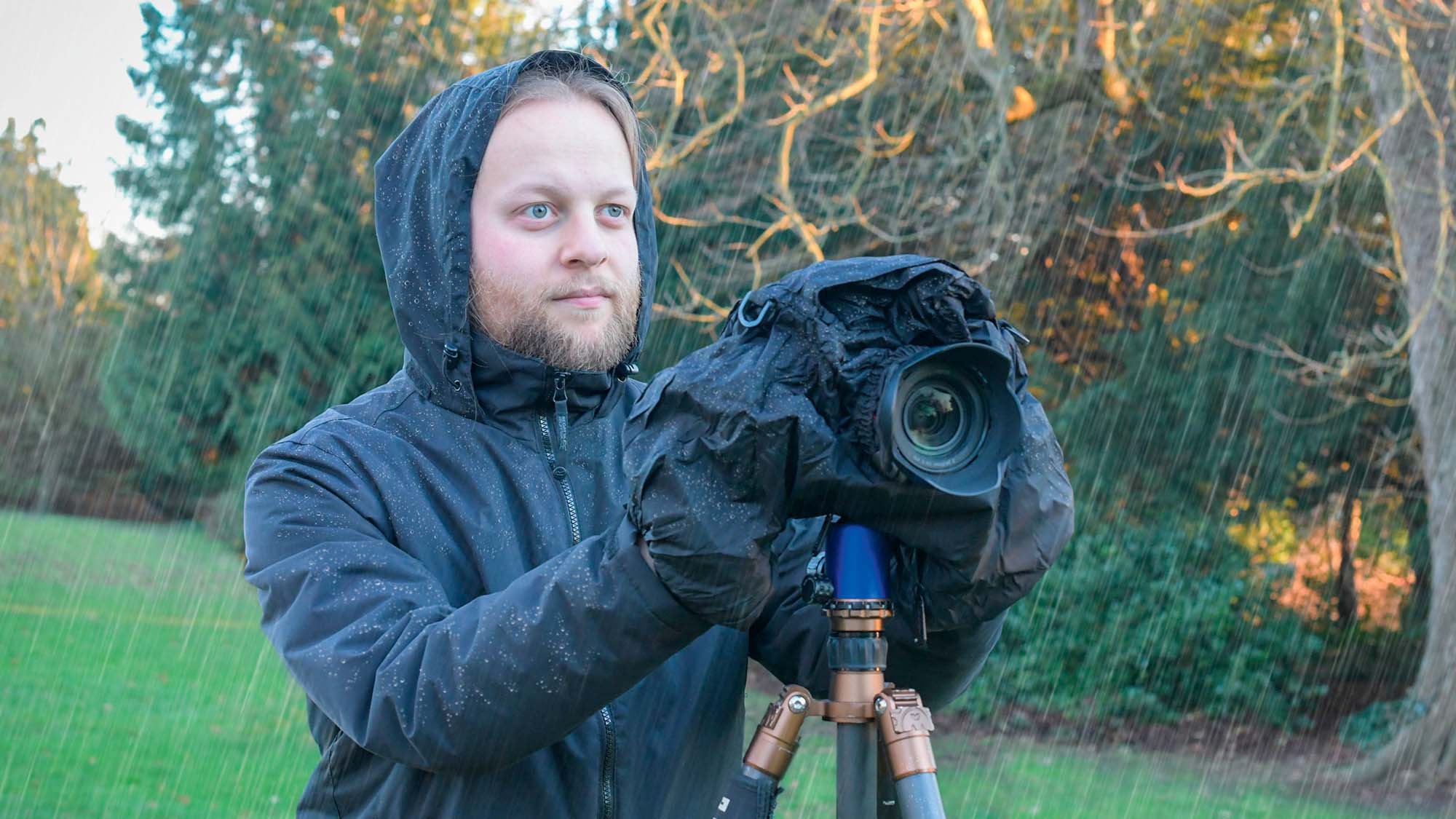
The best cameras for wildlife photography need to be fast, with advanced, accurate autofocus, and be capable of great image quality with reliable exposure metering. But there's another aspect of a good wildlife camera that many overlook, but which can make the difference between nailing a great shot, or getting no shot at all: weather sealing.
Chances are the local wildlife won't be running for cover when the heavens open, but you might have to if your camera isn't water-resistant. It could therefore be argued that weather sealing matters more for keen wildlife photographers than even a camera's megapixel count, or indeed most other image quality metrics. Of course, most cameras can be protected by waterproof cases, covers or bags, but these aren't great if you want to preserve the easiest button and control accessibility, and you'll have to waste precious time putting one onto your camera, again risking missing that crucial shot.
Ideally it makes sense to buy a camera which is already weather-sealed with rubber gaskets that prevent water (and dust) from getting inside the camera body. For high-end cameras designed for shooting sports and wildlife that's pretty easy, as all the major interchangeable lens camera manufacturers weather-seal their top camera models. However, it's not always easy to establish just how extensive and effective this weather sealing actually is. We examined the weather-sealing credentials of the flagship cameras sold by Canon, Nikon, Sony, and Fujifilm - here's what we found:
Canon EOS R1:

Canon's specifications for the EOS R1 simply list "yes" to the 'Water/Dust Resistance' category, but with a condition: "Although the camera features dust- and water-resistant construction, this cannot completely prevent dust or water droplets from entering the camera. To ensure adequate weather sealing, the supplied shoe cover should be used unless a weather sealed accessory is inserted in the Multi Function shoe."
So assuming you use the hotshoe cover, the EOS R1 should be weather sealed, although still only "adequately" - there's no specific ingress protection (IP) rating given.
Nikon Z9:

Nikon states that "the Z9 is built to withstand extremes of temperature and humidity. Extensive weather sealing keeps both the camera—and Z series lenses and mount adapters—working as long as you do." So, like the EOS R1, the Z9 is weather sealed, but Nikon gives no measurable ratings or guarantees to back this up.
Sony Alpha 1 II:

As far as we can see on its English language product page, Sony doesn't mention anything about the A1 II's weather sealing. We assume it does have seals, as a flagship do-it-all camera at this price point is almost guaranteed to have them, but a little more information would have been nice.
Fujifilm X-H2S:

"With 79 weather-sealed points offering high levels of dust and moisture resistance, X-H2S is built to withstand the rigors of daily professional use." "High levels" is reassuring, but not as reassuring as an actual ingress protection rating, so we can establish precisely how much dust and water the camera can be subjected to.

There's only one mirrorless camera manufacturer which actually specifies a proper ingress protection (IP) rating for its high-end cameras, and that's OM System. The OM-1 Mark II and OM5 are certified IP53, and OM System states they're also built to work in temperatures down to -10°C.
'IP53' The first digit in an IP rating indicates solid particle (dust, in this case) resistance, while the second digit marks the degree of liquid protection. A solid particle resistance rating of 5 means a camera is protected against dust ingress to the extent that while dust may enter the camera, it shouldn't "interfere with the safe operation of the equipment." A liquid ingress protection rating of 3 certifies that the camera can resist "water falling as a spray at any angle up to 60°" for at least five minutes, and at a rate of 10 liters per minute. Consequently, the OM-1 Mark II and OM5 shouldn't be harmed by typical rainfall, so you can confidently use them for wet-weather wildlife photography.
So there you have it: while any flagship mirrorless camera should be safe to use in the rain, only OM System actually guarantees this with a measurable protection rating.







